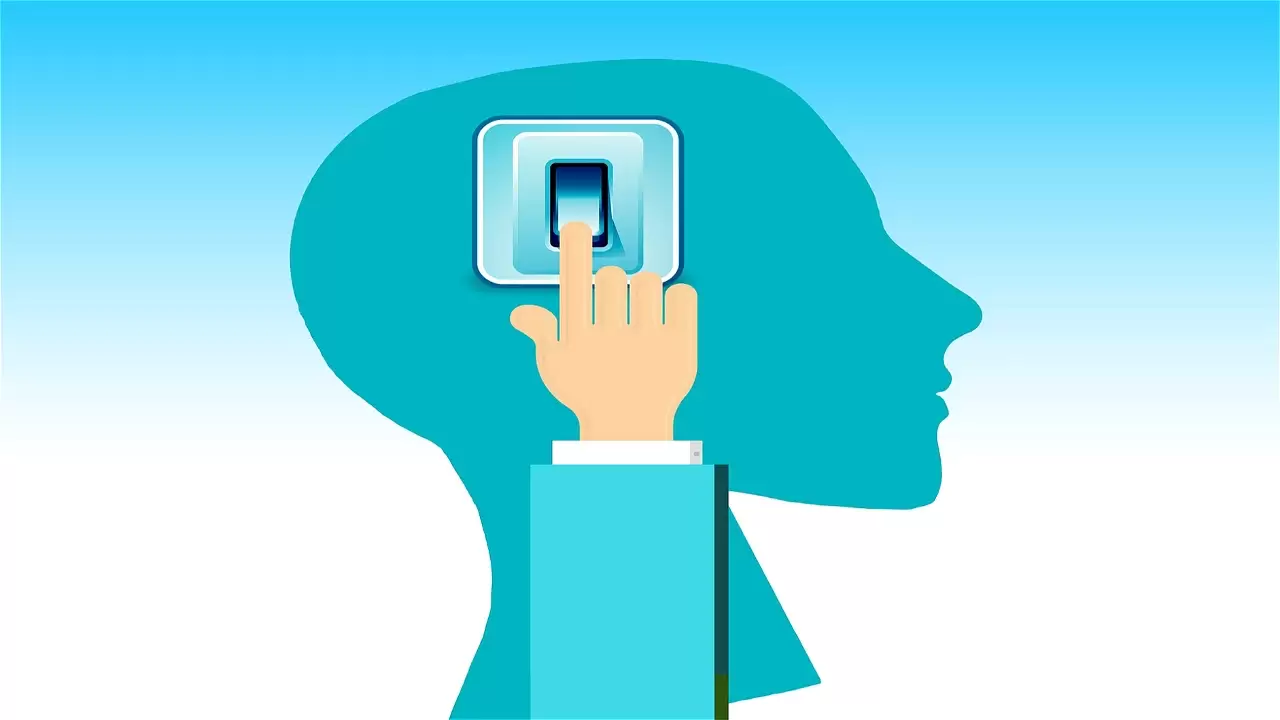05/10/2022 5:21
Advanced technological applications of the gate control theory regarding pain may allow us to control the pain switches in our brains.

The gate control theory was presented for the first time in 1965 and offered a physiological explanation for the phenomena observed in pain. The explanations are not easy to understand; they describe the pain as a switchboard with switches that can be turned off. With these tools, you can control the pain.
Link: Gate control theory. (Wikipedia)
You can find three primary methods using Gate Control tools to treat pain broadly.
- Complex surgeries can be performed without anesthesia, only through acupuncture. This means that acupuncture can turn off the switches of the relevant pain.
- The inflammation can be diverted to another place where the symptoms are not painful; these tools are practical because of the close connection between inflammation and pain.
- Both methods are part of traditional Chinese medicine, including cupping and skin scraping. The explanation of Chinese medicine for these treatments is slightly different. Still, if you divert the location of the inflammation to a "more comfortable" place, you will cause relief of the symptoms in the desired area.
- Deep meditation can turn off the pain switch. Various martial artists make extensive use of the method. Indian fakirs walking on nails, hot coals in ritual ceremonies, and even swimming in ice water use the subconscious control of pain signaling. The disadvantage of this method is that it requires a lot of practice.
The fact that the pain switches can be "turned off" only shows that pain is subjective. It affects mental state, age, practice, personality, sex (women have higher endurance), breathing, culture, etc.
Continue reading: Subjective pain scale and determining the objective pain level.
Reading the article was Interesting/Beneficial?
NO
2
YES
496
Tags: Pain relief

